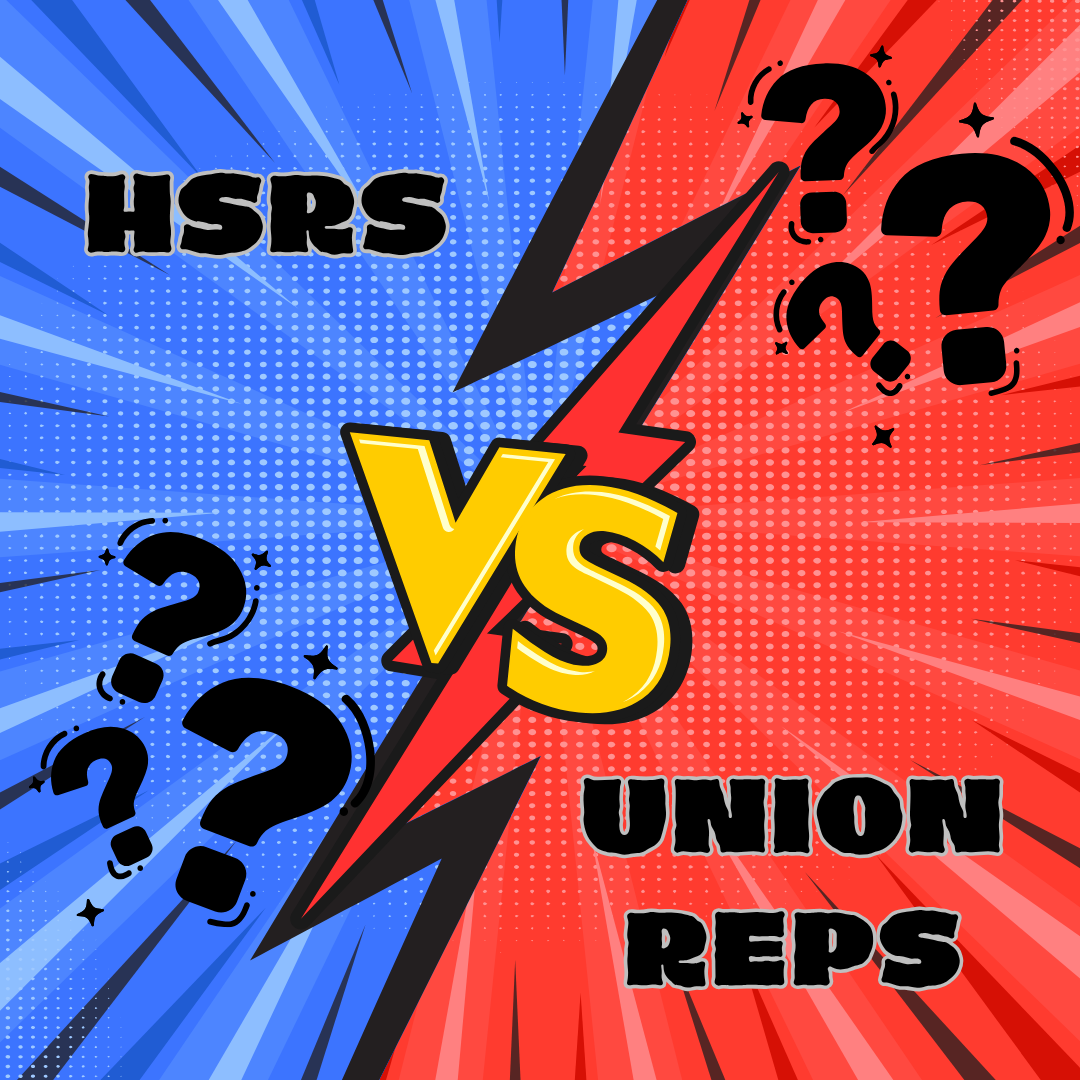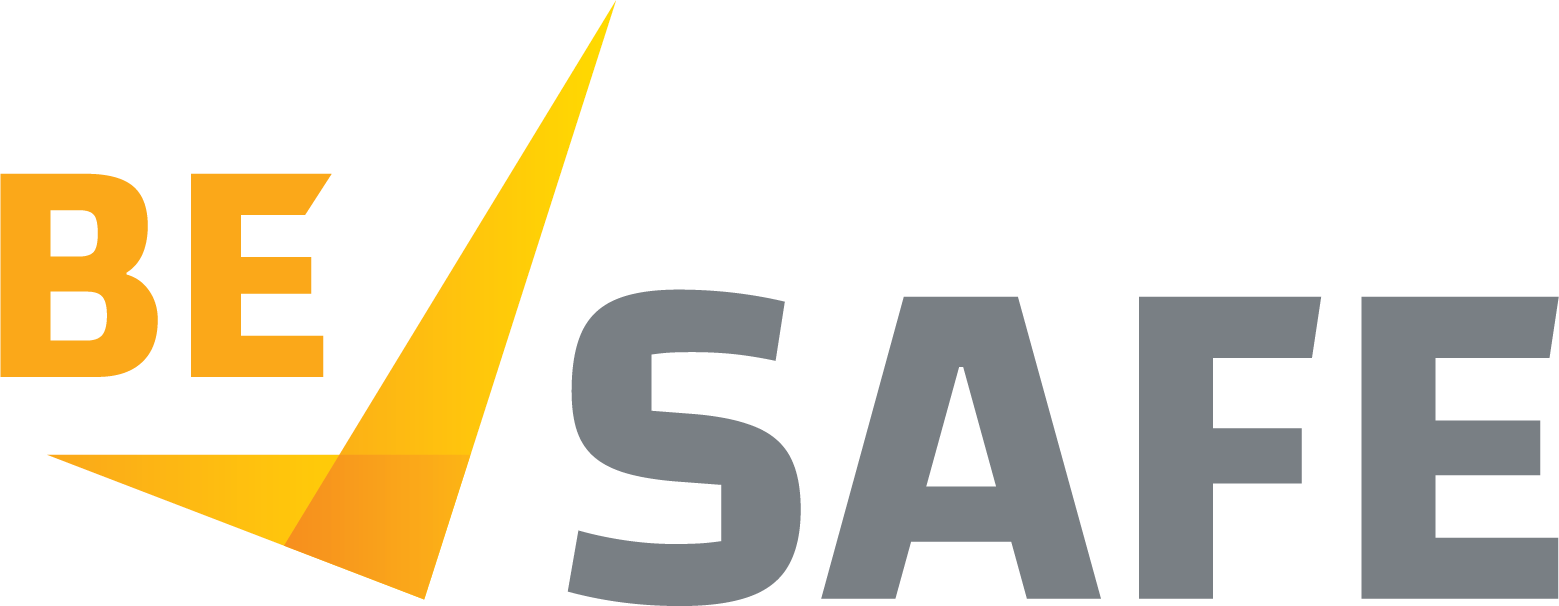Occupational Violence and Aggression is Never 'Just Part Of The Job'.
Occupational Violence and Aggression.
Occupational violence and aggression (OVA) is when a person is abused, threatened or assaulted in a situation which is related to their work. It may come from internally (co-workers) or externally (clients, patients, customers or the public).
It may include verbal abuse, physical intimidation, physical violence, or threats of violence. It can occur in person, over the phone or even online. There is a broad spectrum of severity, but all can impact the workers mental and physical safety.
Violence at work is a major health and safety issue and is particularly prevalent in some industries but can occur in any industry.
What do you do about it?
Like with any other hazard, the employer has a duty und the Victorian Occupational Health and Safety Act (2004) to provide and maintain for employees, as far as is practicable, a working environment that is safe and without risks to health.
OVA should be treated like any other OHS hazard and includes looking at and addressing root causes and contributing factors. It can be prevented in many cases and can be minimised in others.
The principles of risk management apply to OVA too:
- Identify the hazards
- Assess the risks
- Implement controls
- Review the effectiveness of the controls
- Consultation must occur throughout the process
Make sure that all incidents are being reported. If an incident does occur, then the worker must be supported, but we must not stop here. We must learn from the failure by investigating the incident and working to prevent it from happening again.
When addressing the risk of OVA in a workplace, think about systems and controls which may be effective in the context of your industry and workplace. These might include:
- Security – this may include security guards, CCTV and duress alarms.
- Hazard identification and risk assessment procedures specifically for OV risks – this may involve assessing any OV risk posed by a patient, client, customer, etc. For example in historical records, or by observing their behaviour on entry to the workplace.
- Systems of record-keeping which include a process for recording around the risk of OV.
- Reporting processes for incidents of OV.
- Processes for following up on incident reports – including investigations to explore the root cause, with actions taken to prevent recurrence.
- Workplace design – for example screens, eliminating blind corners and isolated locations, lighting, etc.
- Protocols to eliminate known high-risk situations eg: sole charge, night-time, isolation, etc.
- Education and training – eg: de-escalation technique training, processes for calling for back-up, etc. Ensure that the workers know what the safety protocols are and how to use them.
- Policies and procedures which are practical and apply to the context of the workplace.
- Provide post-incident support – immediate follow up and support tailored to the individual’s needs.
- Actively promote a culture which empowers staff to expect a safe workplace.
When working towards tackling violence and aggression as an OHS issue, it is integral that the employer and the employees believe that they have the right to expect a physically and mentally safe workplace. This means promoting a culture in the workplace that does not accept violence and aggression.
Violence and aggression are never just ‘just part of the job’.




